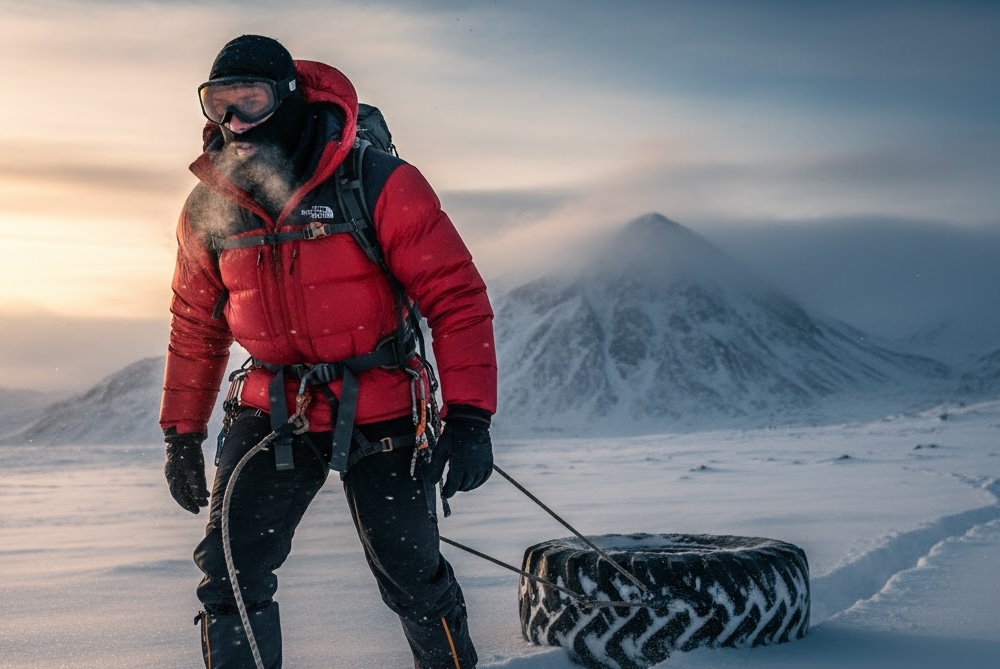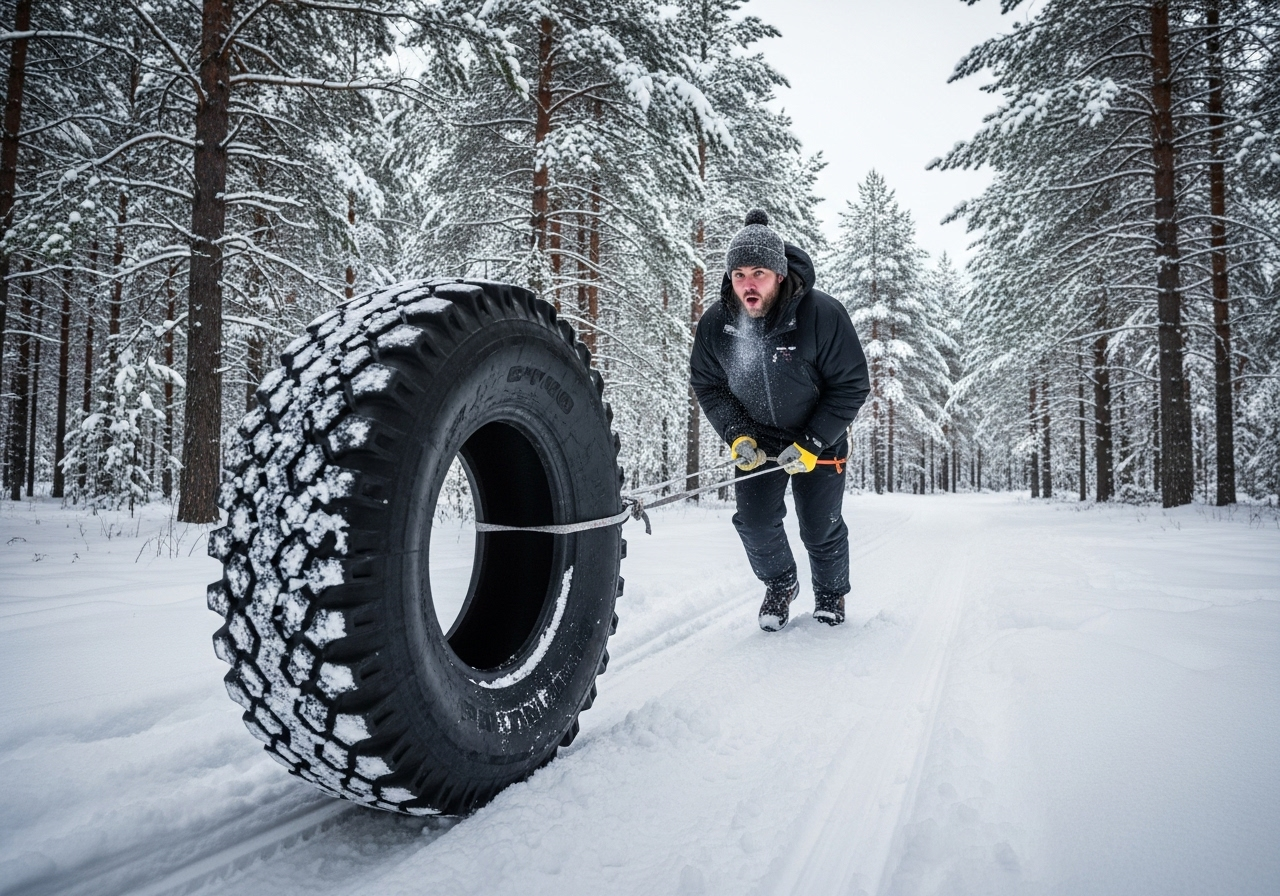How to Train for an Arctic Expedition
Emerson Gray
2025-08-28
6 min read

Venturing into the Arctic is an endeavor that calls to the most adventurous spirits. It’s a journey into a realm of pristine white landscapes, profound silence, and raw, untamed nature. But this beauty comes with immense challenges. Success and survival in this extreme environment depend not on chance, but on meticulous preparation. Training for an Arctic expedition is a holistic process, demanding peak physical conditioning, specialized skills, and unwavering mental fortitude. Proper preparation is your most critical piece of gear, ensuring you can not only endure the polar environment but also thrive within it.
Building Your Polar Engine: Physical Conditioning
An Arctic expedition is a test of endurance unlike any other. You will likely be pulling a heavy sled, or pulk, for hours each day across snow and ice, often in relentless wind and sub-zero temperatures. Your physical training must directly replicate these demands. The foundation of your fitness program should be cardiovascular endurance. Long-duration, low-intensity activities like running, cycling, and hiking are excellent for building the stamina needed to keep moving day after day. Aim to build up to sessions lasting several hours to simulate a full day of travel on the ice. Strength training is equally important, with a focus on functional, full-body movements. Your core, back, and legs will be the primary muscles powering your journey. Exercises like squats, deadlifts, lunges, and rows build the robust strength required to haul gear and remain stable on uneven terrain. A unique and highly effective training method is tire pulling. By fashioning a harness and dragging a large tire, you can almost perfectly mimic the resistance of pulling a pulk. This targeted exercise builds specific muscle groups and conditions your body for the exact strain it will face. Acclimatization, while difficult to fully replicate, is another key aspect of physical readiness. While you can't create Arctic cold in your backyard, you can train your body to perform in uncomfortable conditions. Practice your endurance workouts outdoors in the coldest, windiest, and wettest weather your local climate can offer. This helps your body adapt to regulating its temperature under stress and teaches you how to manage your layering system effectively to avoid both chilling and overheating.

Mastering the Cold: Essential Skills and Gear
Physical strength alone is insufficient in the Arctic; you must possess the knowledge to survive. Understanding the principles of cold-weather survival is non-negotiable. This begins with mastering your layering system. Your clothing is your personal shelter, and it must be managed dynamically. A typical three-layer system consists of a moisture-wicking base layer, an insulating mid-layer, and a protective shell layer. Learning to add or remove these layers to manage sweat and stay dry is a skill that prevents hypothermia. Navigation is another critical competency. In a landscape that can offer few landmarks and be prone to whiteout conditions, you must be proficient with a map, compass, and GPS. Practice navigating in challenging conditions before your trip, as electronic devices can fail in extreme cold. You should also be well-versed in camp craft specific to snow environments. This includes setting up your tent securely in high winds, knowing how to melt snow efficiently for water, and operating your stove safely in freezing temperatures. Taking a dedicated winter survival or mountaineering course is an invaluable investment. Your gear is your lifeline. Every item must be carefully selected for its durability, functionality, and weight. Your tent should be a four-season model designed to withstand high winds and snow loads. Your sleeping bag must be rated for temperatures well below what you expect to encounter. Insulated boots, a quality down parka, and a robust pulk are other cornerstone pieces of equipment. Research extensively and invest in proven, reliable gear; the Arctic is no place for equipment failure.
Forging Mental Resilience: The Inner Expedition
The physical challenges of the Arctic are immense, but the mental battle is often the tougher fight. The environment is monotonous, the isolation is profound, and the continuous physical effort can be draining. Building mental resilience is a core part of your training. You must cultivate a mindset that is patient, positive, and adaptable. Practice mindfulness and visualization techniques to help you stay focused and calm under pressure. One of the best ways to prepare mentally is to undertake smaller, challenging expeditions before your main trip. Go on multi-day winter camping trips where you can test your systems and experience discomfort in a controlled setting. These experiences build confidence and teach you how to solve problems when you are cold, tired, and stressed. They allow you to face adversity and prove to yourself that you can overcome it. Ultimately, a successful Arctic explorer is disciplined. You must have the self-discipline to get out of your warm sleeping bag each morning, to meticulously follow your daily routines, and to constantly monitor yourself and your teammates for signs of cold-related injuries. This journey begins long before you step onto the ice. It begins with the commitment to prepare your body, your skills, and your mind for one of the planet's most formidable and rewarding adventures.
